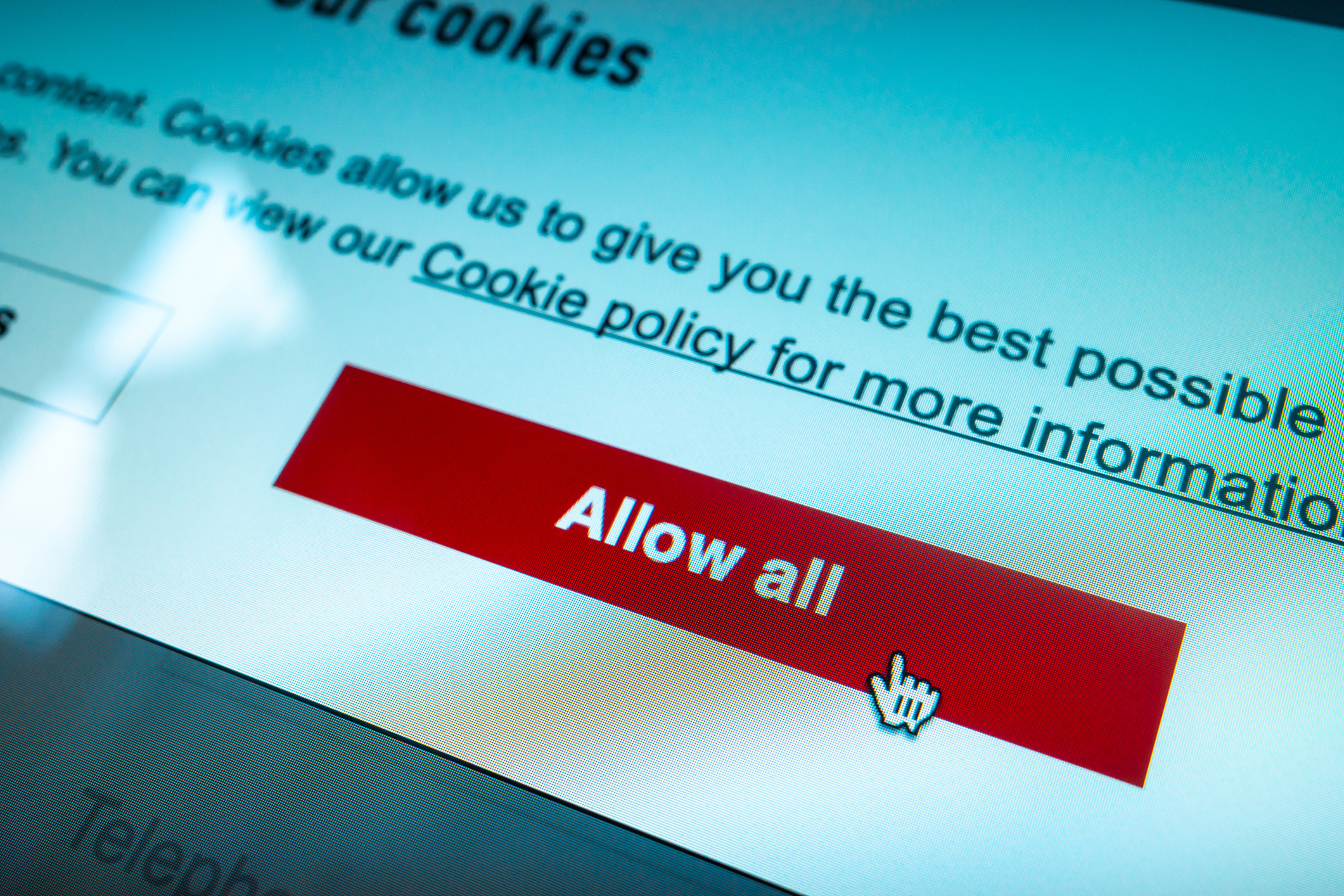
As the owner of a company in the financial services space that relies heavily on technology,...
Read More

June is American Housing Month, an initiative aimed at increasing awareness of housing issues...
Read More

It started with some pretty startling, and a bit upsetting statistics. My research into the...
Read More

Are they? Entrusting their personal information – banking information, such as checking accoun...
Read More

Time flies, doesn’t it? Yes, it’s time once again for our bi-annual blog on bloggi...
Read More

“Lover of Goldens. Rider of mountain bikes. Nerd for all things digital - especially if it's g...
Read More

It’s been a while, but that doesn’t mean small businesses have lessened in importance to...
Read More

Had enough yet? Seems like this is all anyone wants to talk about these days. It also seems like eve...
Read More

Despite all that MarTech has brought to the world of bank marketing, there are still some goo...
Read More

There’s been a lot of talk recently about the imminent sunsetting of third-party cookies by th...
Read More